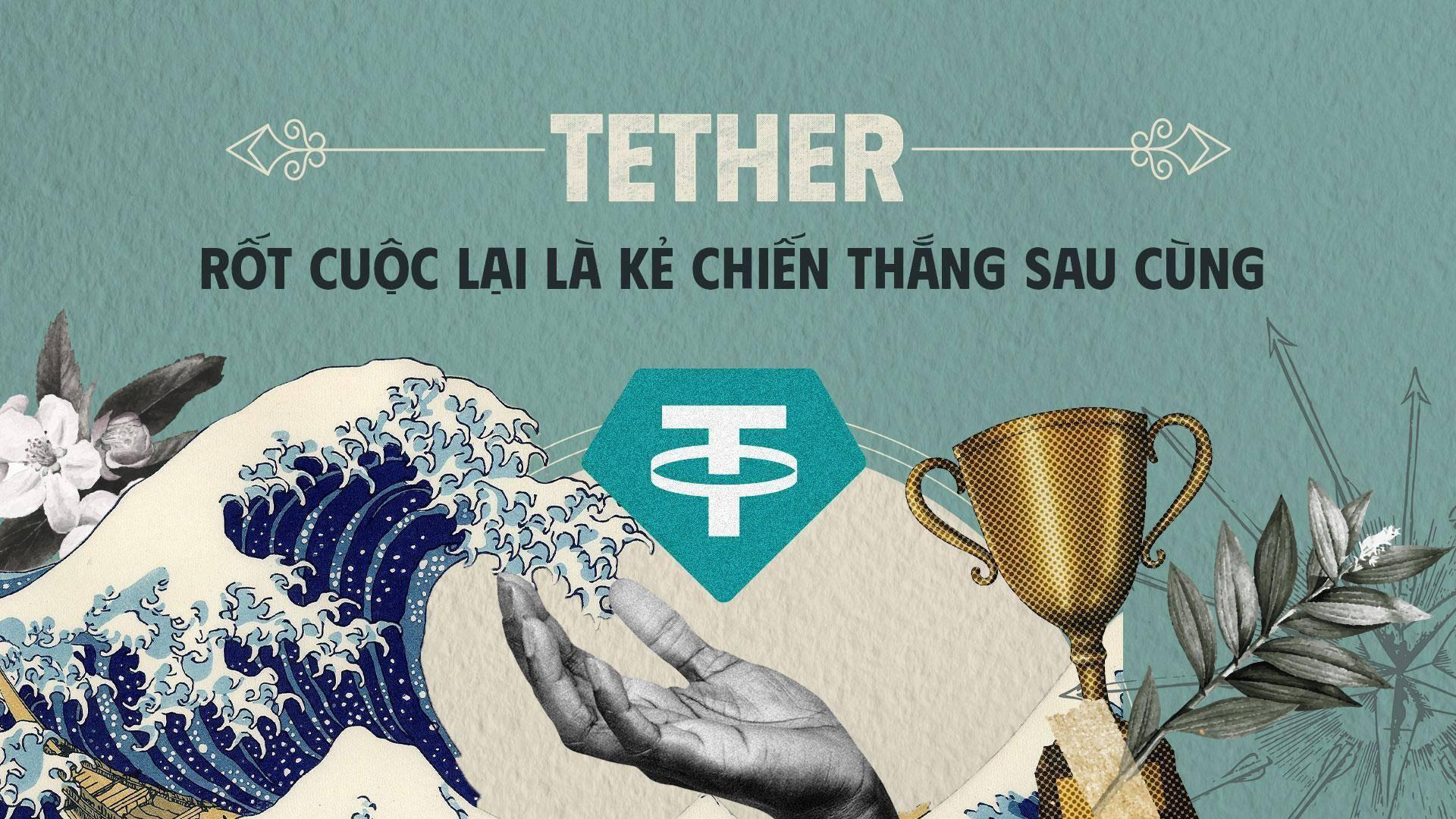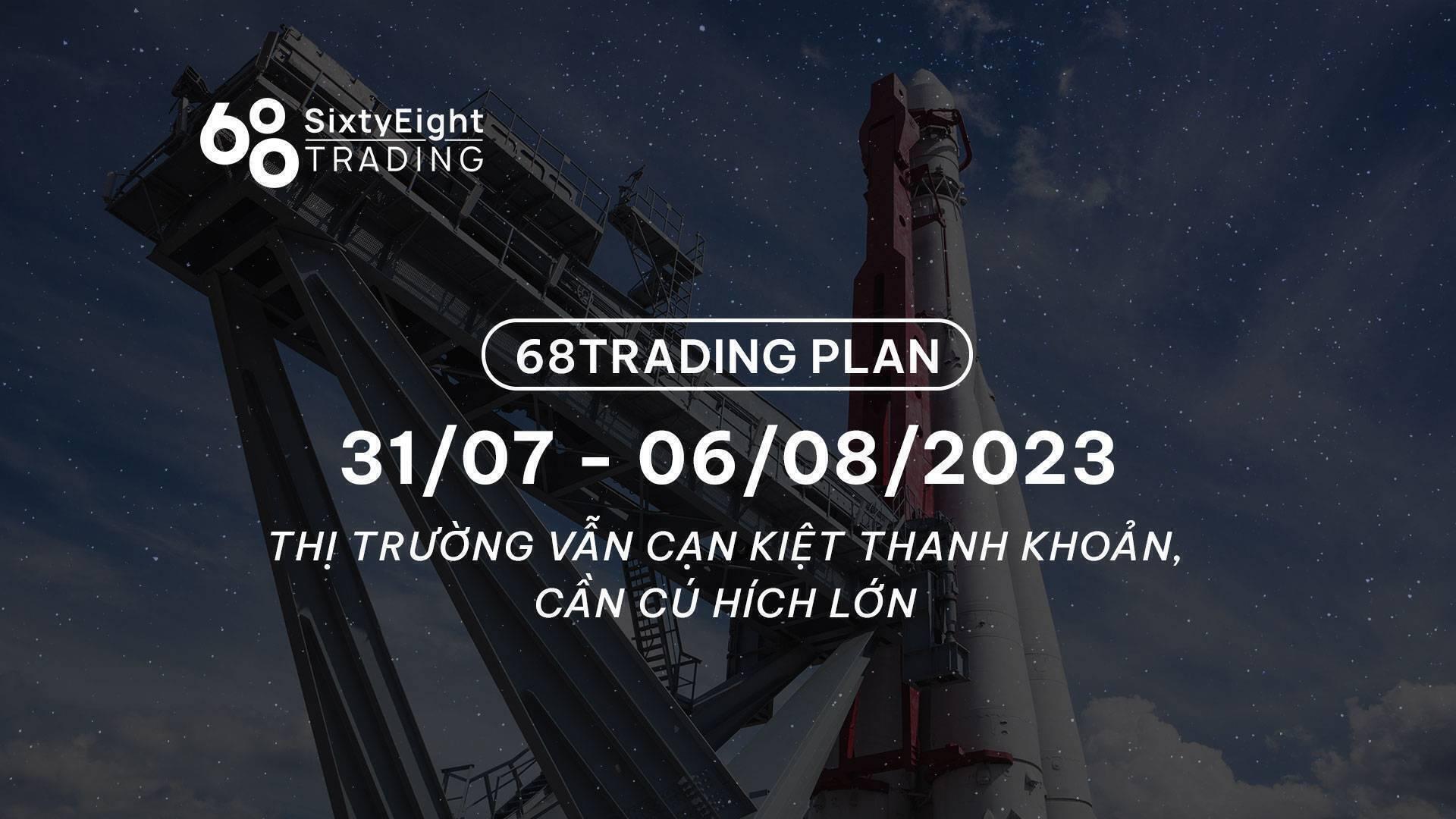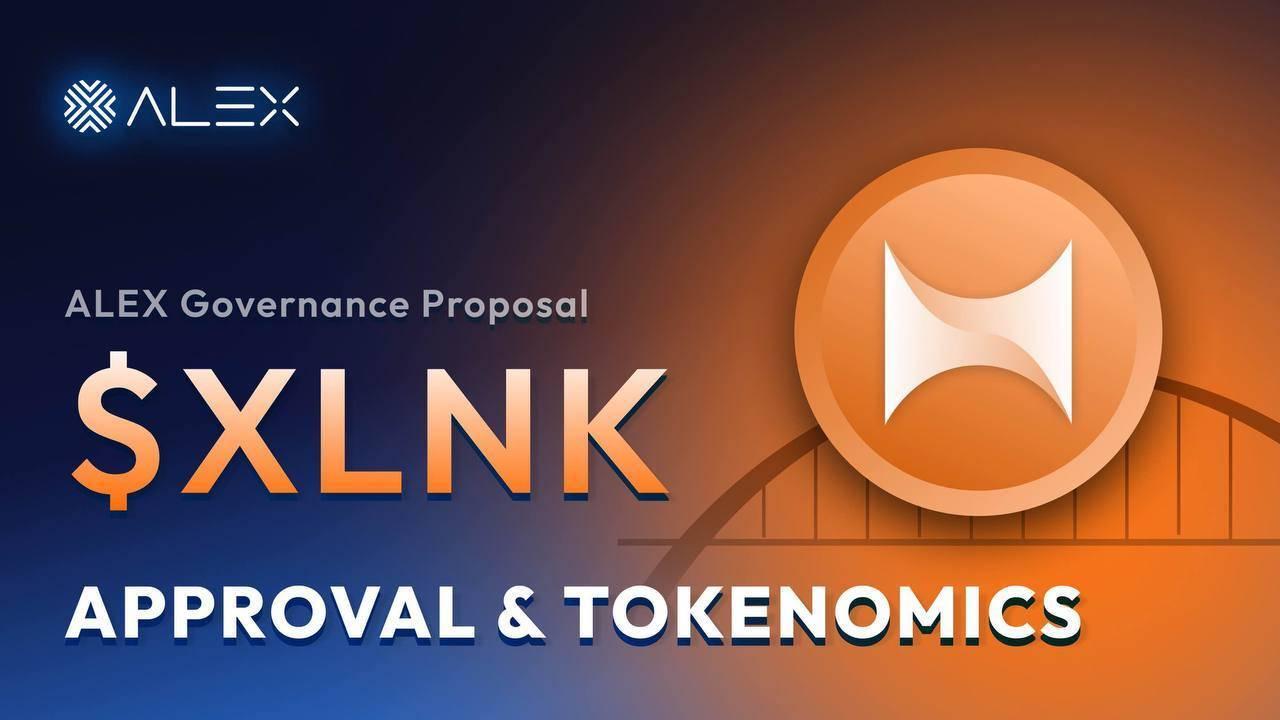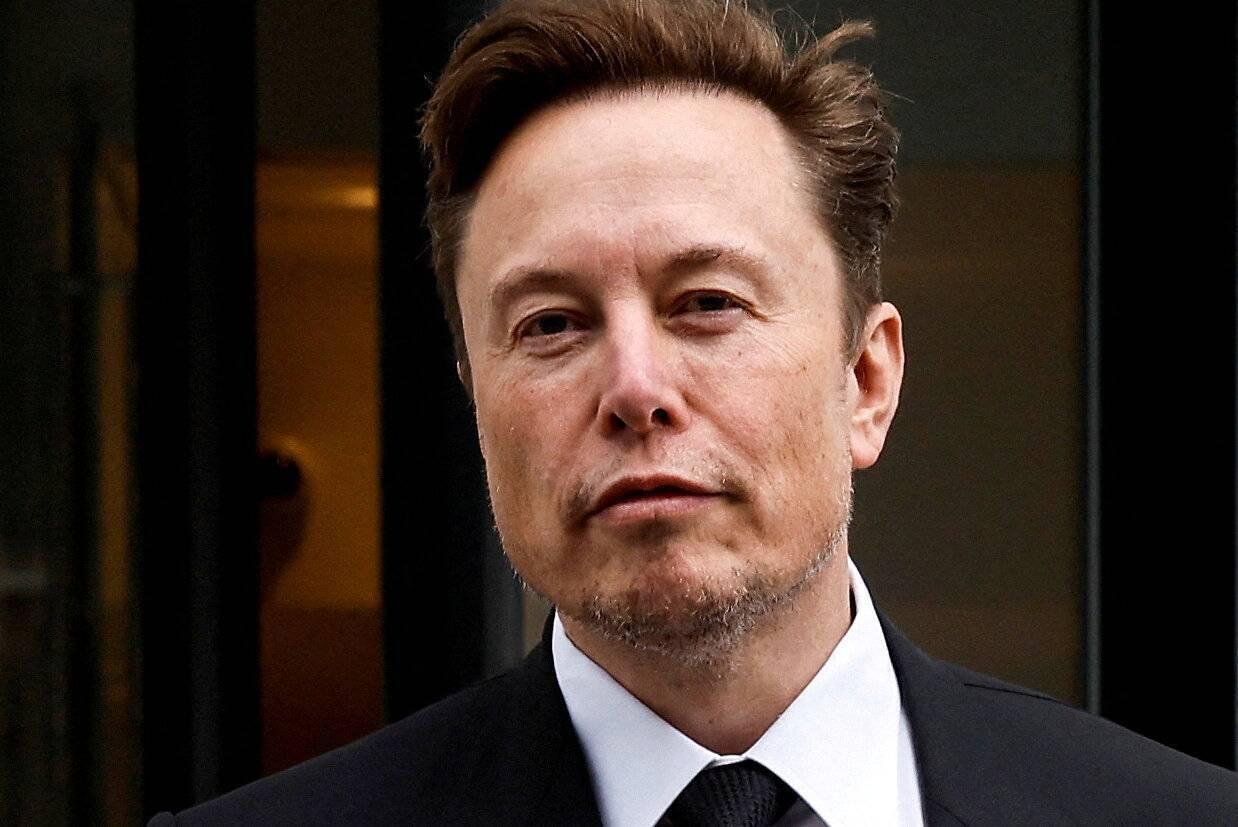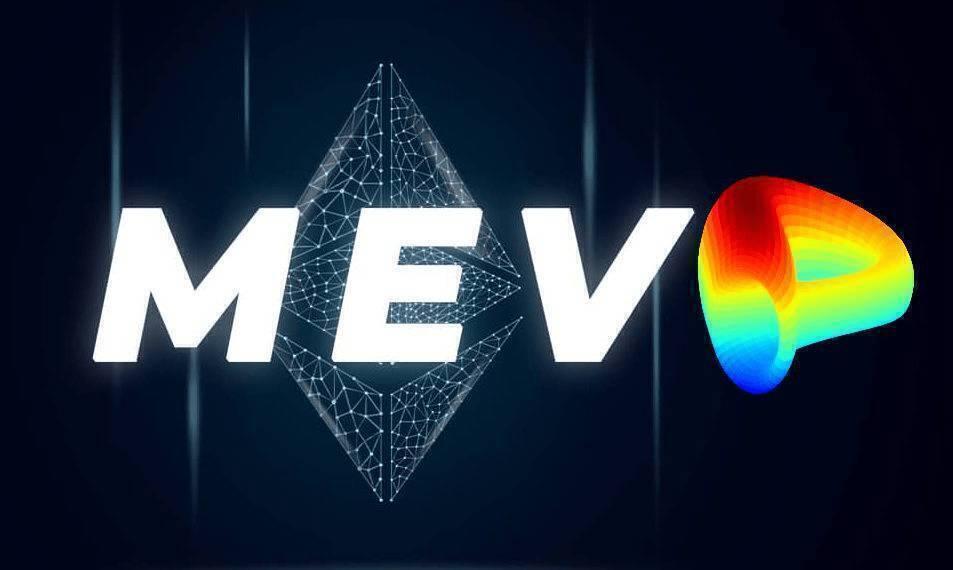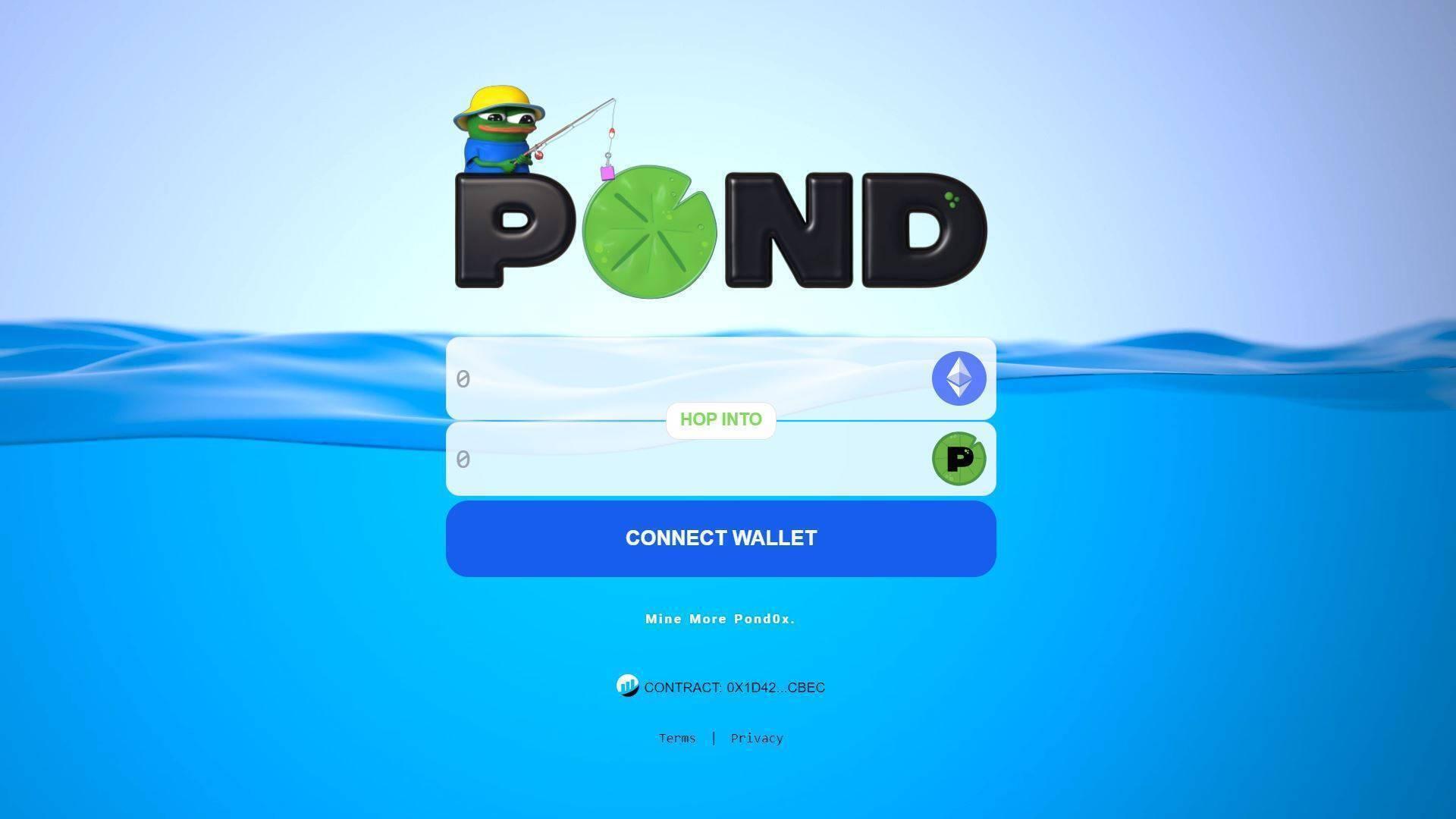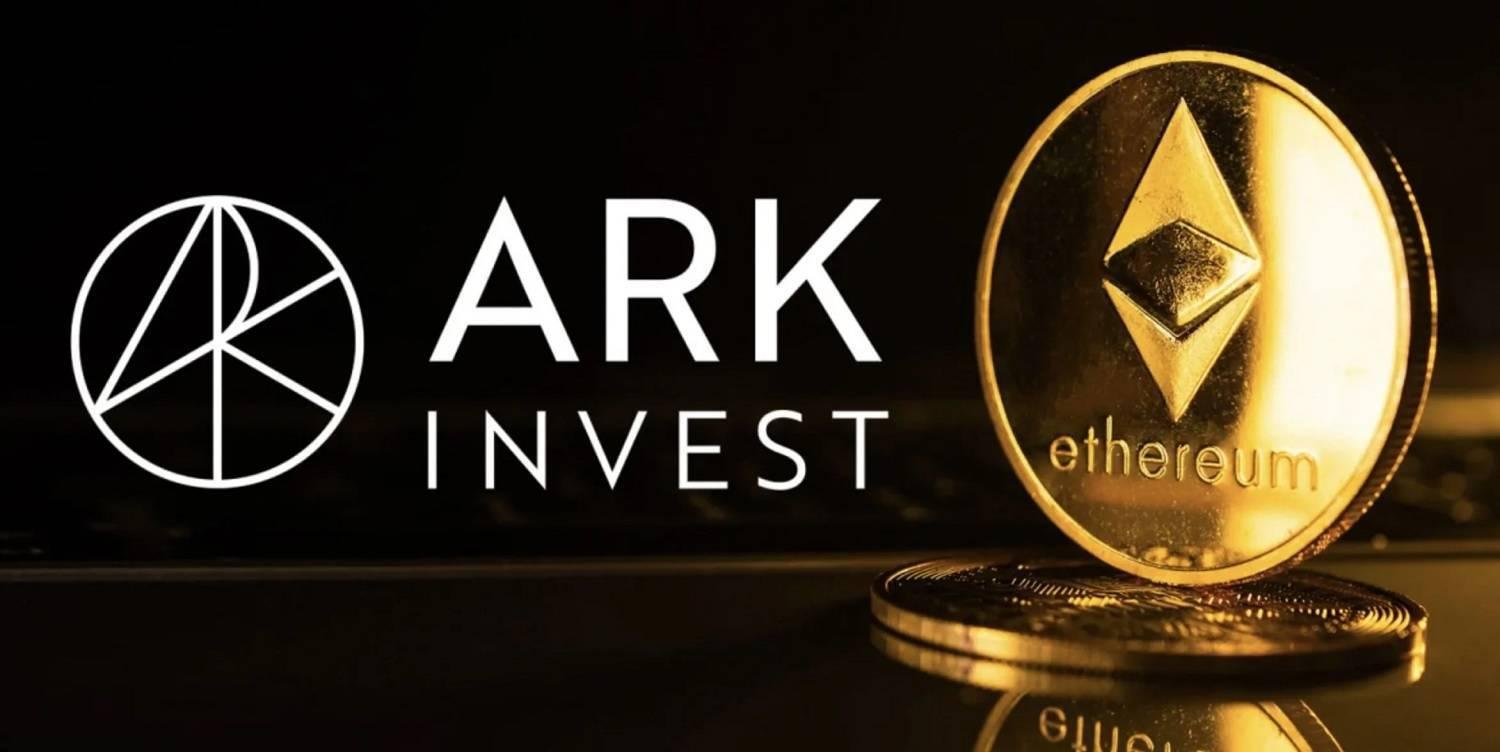After the collapse of LUNA-UST back in May 2022, many thought that the "stablecoin war" between Tether (USDT), USD Coin (USDC) and Binance USD (BUSD) would still end up in a stalemate. Yet, one year later, the true winner has emerged as USDT reigns supreme over other competitors thanks to Tether's ability to withstand regulatory pressure, along with the its "think outside of the box" business model.
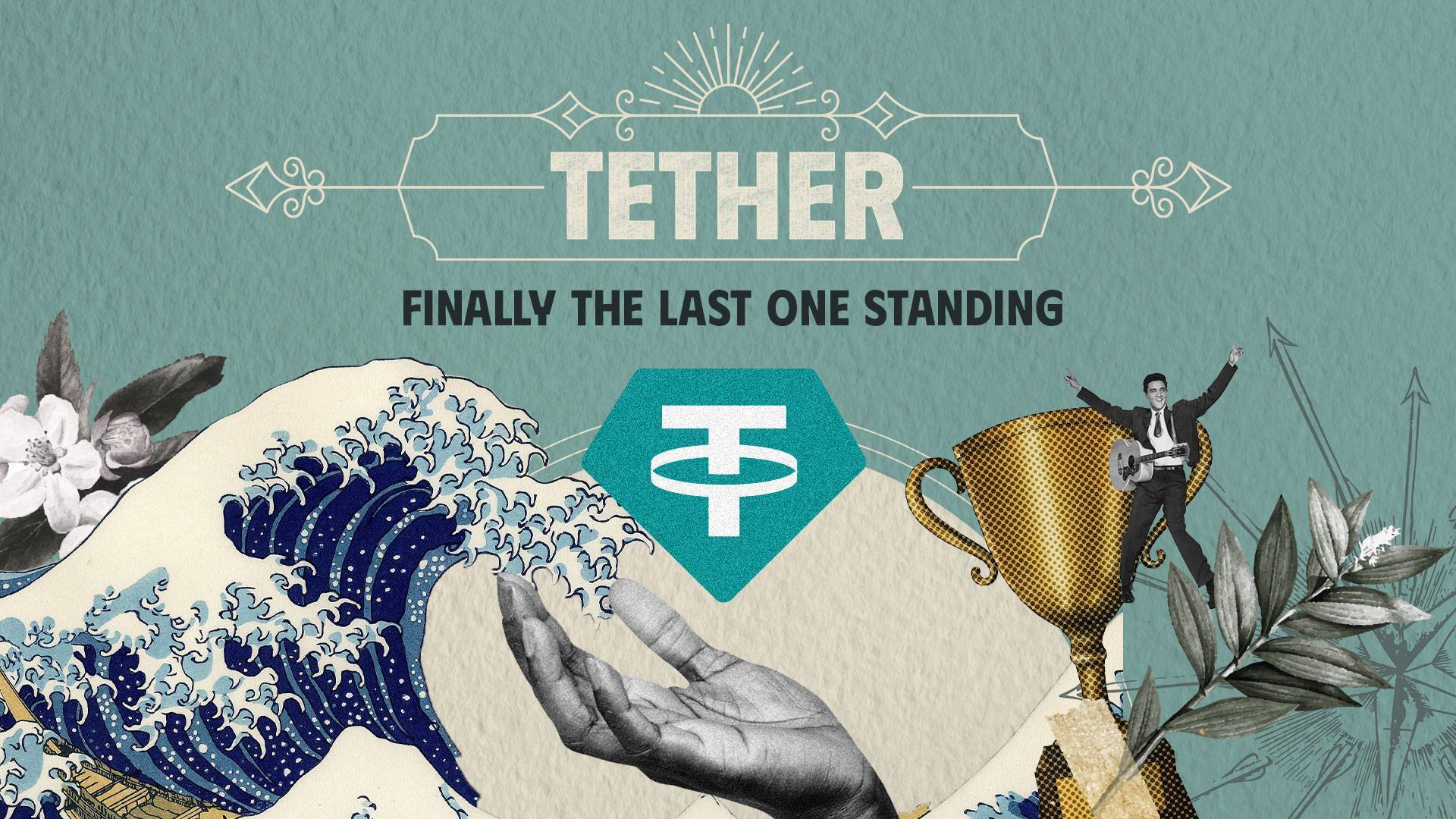 E-magazine: Tether - Finally the Last One Standing
E-magazine: Tether - Finally the Last One Standing
Bài viết này còn có phiên bản Tiếng Việt.
In 2014, Tether emerged with a mission to address the persistent issues plaguing both the cryptocurrency industry and traditional finance. At the time, the cryptocurrency market was in infancy, and price volatility was a constant concern. Meanwhile, traditional finance continued to struggle with transparency issues, leaving investors in the dark about where their money was going.
USDT appeared as something of a hybrid solution. At the time when people first heard the term stablecoin, it provided a sense of credibility and stability. However, the question remains: is the “stablecoin” truly “stable”?
In simple terms, 1 USDT is considered to be equivalent to 1 USD in the real world, making it the "USD of the blockchain." However, this only holds true if Tether has enough USD collateral to support the USDT issued into the market. But have there been instances where Tether was unable to live up to its promise of being "100% backed by USD"?
The answer is Yes. in May 2019, Tether made a shocking revelation that only 74% of the total supply of USDT was backed by cash, in this case, USD. This number contradicts previous commitments made by Tether's leadership that all USDT was backed by USD. And since then, USDT's collateral assets have included US Treasury bonds, commercial paper, money market funds, loans, and other investments.
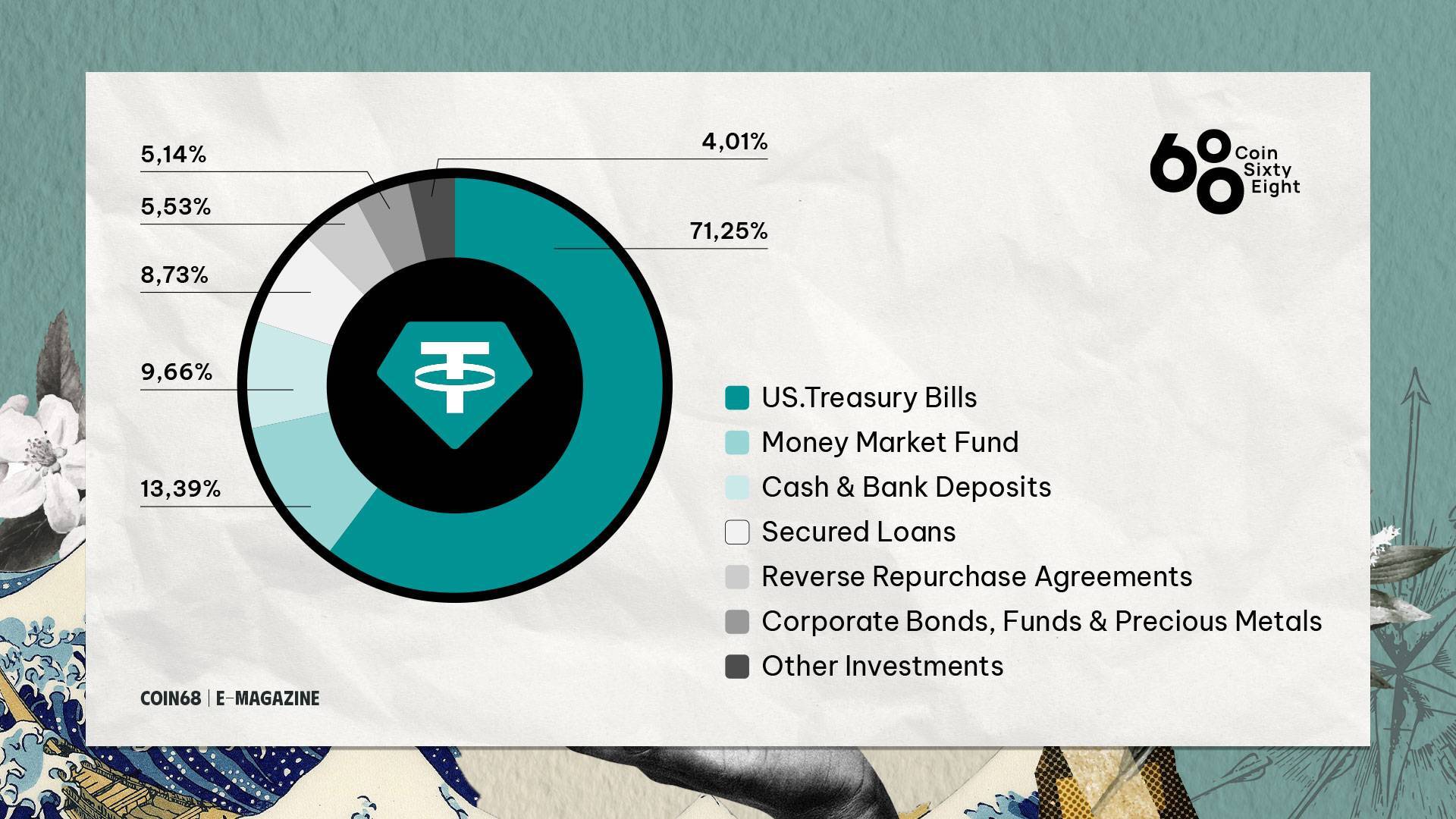 USDT reserve assets as of December 31st 2022. Source: Tether
USDT reserve assets as of December 31st 2022. Source: Tether
The years between 2018 and 2019 were tumultuous for Tether, whose parent company was iFinex, also the operator of Bitfinex exchange. Although they maintained that Tether and Bitfinex were separate entities, skeptics remained wary of the relationship between the two. Both faced allegations that USDT trading on Bitfinex had artificially inflated the value of Bitcoin, leading to accusations of price manipulation. The incident was so severe that in November 2018, the U.S Department of Justice launched an investigation into Tether and Bitfinex. While there was no definitive conclusion to the case, this incident did erode confidence in USDT.
Despite the challenges, USDT continued to grow and became the most popular stablecoin in the market, holding over 60% market share and ranking third in market capitalization at $80 billion, behind only BTC and ETH. USDT's dominance in the stablecoin space means that it has become the "last man standing" in the game.
And it has become…

Unlike other stablecoins, which are backed by crypto-related projects, USDT and Tether operate independently, claiming to be a neutral bridge between traditional finance and blockchain. This unique positioning has made USDT vulnerable to investors and large funds that have attempted to "short" USDT, betting that it will lose its peg.
While USDT remains the primary currency for large businesses to cash out, Bitcoin has also become closely associated with USDT. Expecting USDT to collapse is no different than putting a stop to the nascent digital currency industry.

- Suspected quality of reserve assets:
Although known as the world's largest stablecoin, USDT has long been seen as a "ticking bomb" for the reasons mentioned above - not fully collateralized by USD. No one knows what will happen to the other reserve assets, which Tether has never publicly detailed. Bloomberg also once revealed that most of Tether's commercial paper was issued by large Chinese companies, which further raised concerns among investors.
Later, Tether announced that it would remove commercial paper from its list of collateral assets.
- Fluctuations in market capitalization and collateral assets:
The stablecoin has also experienced significant fluctuations in market capitalization, such as the 20% drop in May-July 2022 linked to the historic collapse of LUNA-UST. In the chaos on May 12, 2022, USDT even de-pegged to 0.95 USD but quickly recovered, perhaps the only time we have seen USDT finally shaken.
Currently, after recording a net profit of $700 million in 2022 Q4 and an expected profit of $700 million in 2023 Q1, Tether asserts that the collateral assets for USDT now exceed $1.6 billion. The BDO audit unit also stated that Tether's reserves are more than enough to back USDT.
- Attacks by many investment funds:
During the aftermath of the LUNA-UST collapse, several investment funds colluded to attack USDT, causing a sharp drop in its price. However, Tether responded swiftly by injecting billions of dollars into the market to defend the price of USDT.
Despite being turned away by investors and attacked by opponents, USDT has truly entered the market by the value it creates - convenience, stability, and transparency. USDT was born to accurately address what the market needed at that time.
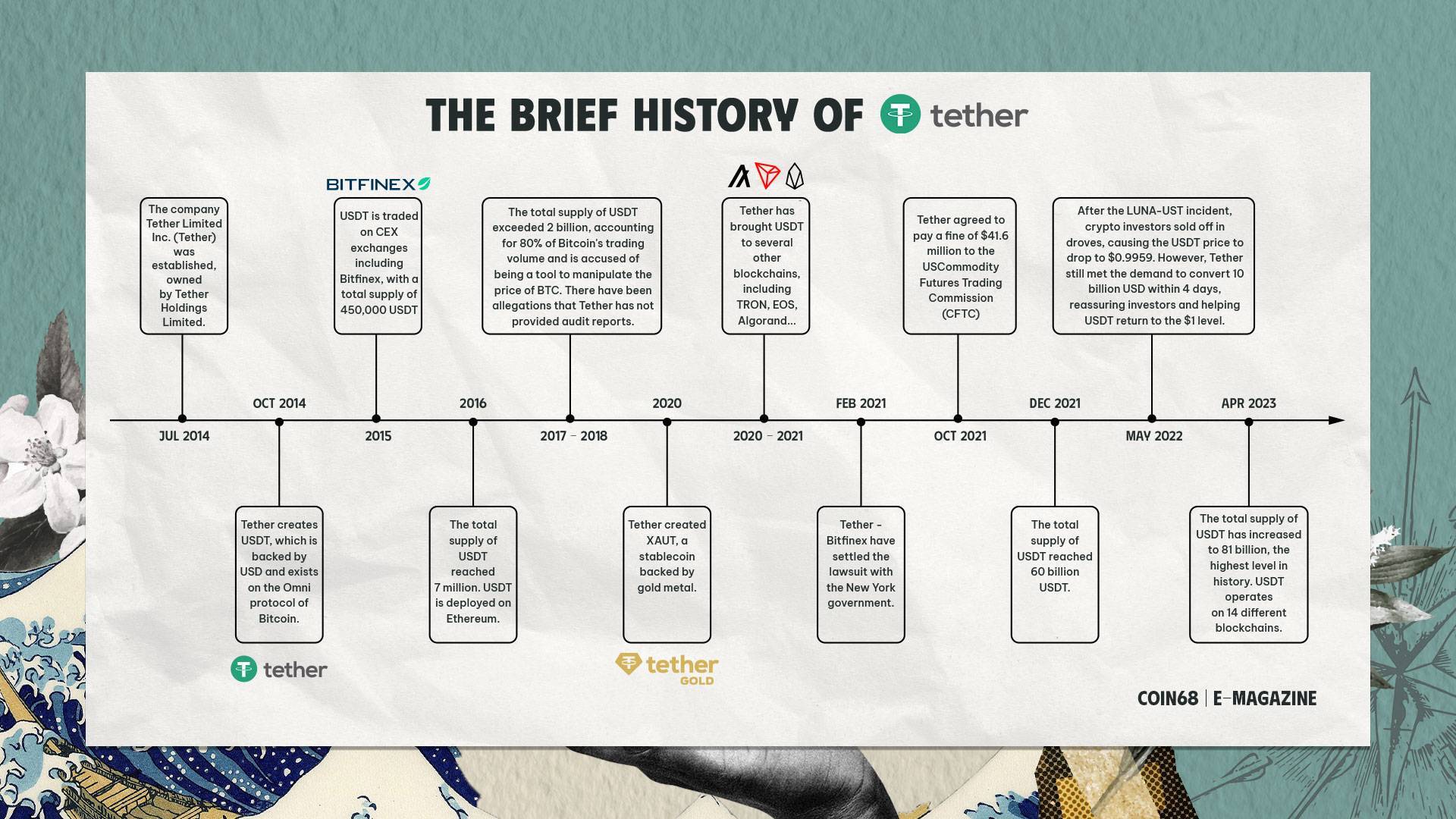
Looking back, all of this was just a "fire test" for Tether.
In addition, perhaps not many people know about Tether Gold, this is one of Tether's latest efforts to tap into the standard of the asset class with the deepest connection to mankind. Tether Gold was created to meet the needs of gold investing but through a coin that is anchored to the blockchain, called XAUT.
Tether Gold is not widely promoted, but this is the direction of how to develop Tether's XAUT, slowly but surely. There is a more asymptotic comparison like this: BTC > Gold > USD. So if you have to sell BTC, perhaps the BTC/Gold trading pair will come before BTC/USD.

According to Tether's latest reserve report (31/12/2022), the majority of USDT reserves are currently held in the form of short-term US Treasury bills, while cash accounts for a smaller proportion. In an interview with Coincuatui, Tether CTO Paolo Ardoino explained this as follows:
"When it comes to stablecoins, people think it should only be 100% backed by cash. But first, no bank will allow you to do that. Because cash is an uncertain thing, banks don't always have cash available for you. Like the Silicon Valley Bank incident, people think cash is good, but our opponents still got stuck with $3.3 billion."
Therefore, Tether chose to supplement with short-term bonds and market funds to ensure USDT's stability in case of emergencies.
He continued:
"Do you remember when UST plummeted? Tether redeemed more than $7 billion USDT in just two days, an impressive figure. At that time, we used T-bills to do that, which are short-term assets. We sold them at zero slippage, without any loss. Tether successfully returned $7 billion to users in a short period of time."

In the nearly 10-year journey, have you ever wondered what has created Tether today, why USDT still stands firm while other stablecoins fall after one or two FUDs? All of this will be explained by Tether's CTO right below.
- A correct mindset right from the start:
Answering to Coincuatui, CTO Paolo Ardoino emphasized that from the beginning, they did not aim for USDT to replace BTC one day, but Satoshi Nakamoto's vision when creating BTC has become a source of inspiration and a guiding light for Tether to develop USDT.
All share the same destination, transparency, and open transaction cash flow, this is the blind spot in the traditional financial market as mentioned. Moreover, cryptocurrencies also have a mission to reach the "bankless" niches - underdeveloped areas that lack access to the banking system, giving people here the opportunity to access it.
- Instead of waiting for success, think about failure:
Tether's success is not a result of only good intentions, but rather a result of strategic planning and risk management. Tether's CTO, Paolo Ardoino, explained that Tether's approach is to consider the worst-case scenarios and build an effective risk management system based on that, rather than just focusing on what they can achieve.
- When the people who make it "truly" believe in it:
Another key factor in Tether's success is the people who make it happen. Tether is proud to have a team that truly believes in the mission of USDT. The human factor combined with a sound business strategy has helped Tether maintain stability and grow over the past decade.


Ignoring past misfortunes, USDT has emerged as a "safe haven" for many investors during turbulent market waves and crises that threaten to engulf everything. USDT has become a symbol of stability and unwavering resilience.
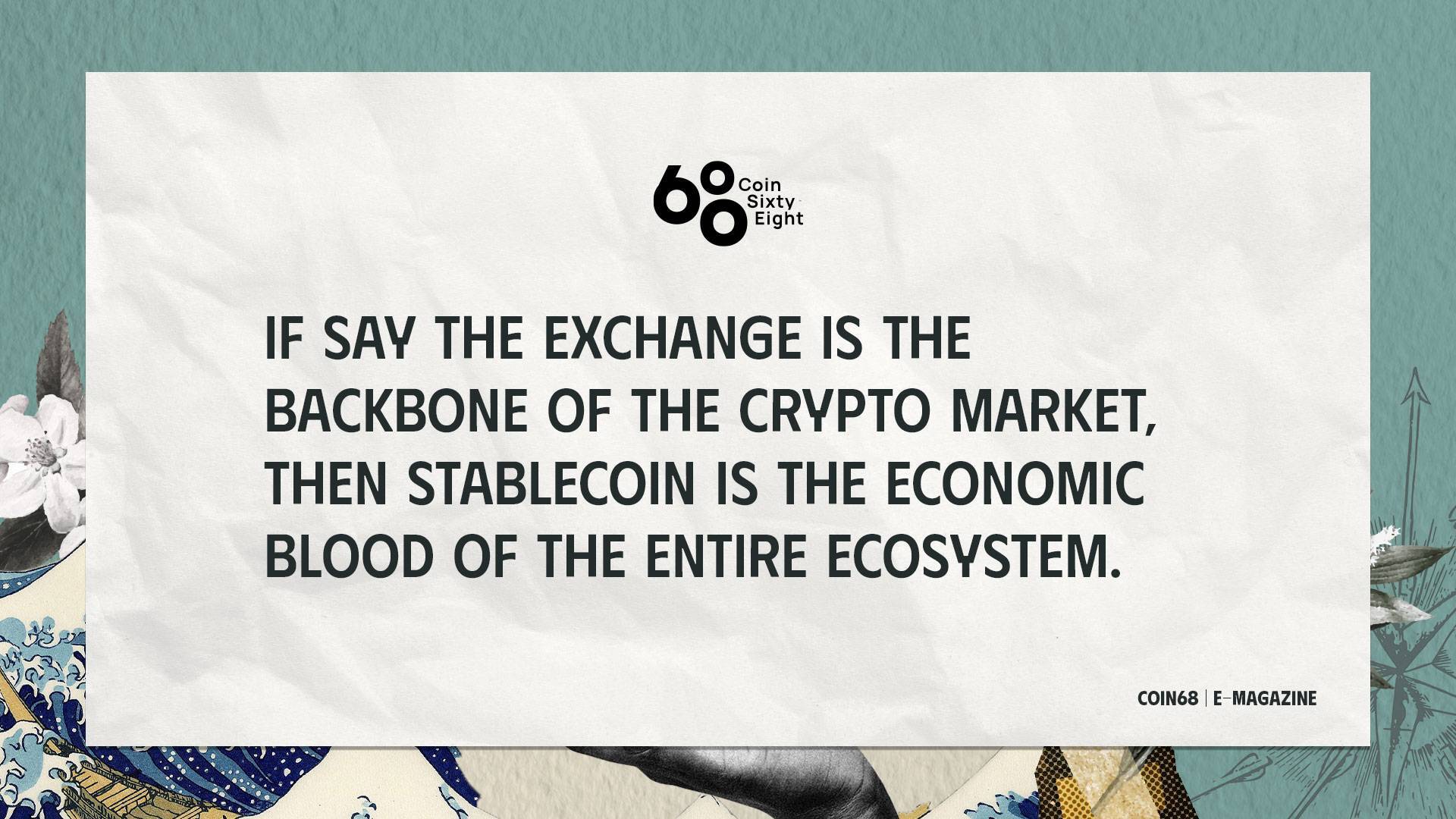
Similar to Binance, USDT is currently the most beloved and successful player in its field. Despite the emergence of other stablecoins with grand launches and support, they are still viewed as supplementary pieces that only help diversify the stablecoin landscape.
And the truth is "Nothing can replace USDT anymore".

In reality, Tether has two main elements that are similar to a bank, including reserves (USD) and liabilities (USDT). Many people even compare Tether to an unregistered bank, partly due to the mixed collateral assets, making it appear less stable than a bank.
From a certain perspective, we must admit that Tether's operating model is not like that of a traditional bank. If the regulations of the banking industry were applied to Tether, it would not be possible.
To propose the following hypothesis, let's temporarily consider Tether as a bank. With a present market capitalization of over $80 billion, Tether is comparable to the largest 20 banks worldwide. If Tether continues to expand and becomes even stronger, it could potentially place among the top 5 alongside financial institutions such as JPMorgan, Bank of America, or ICBC. What would Tether's position at the top look like, and would the cryptocurrency market reflect Tether's influence? Additionally, will traditional banks permit Tether to ascend to such a level?
Scenario #1: The banking industry tries to curb Tether
The possibility of Tether breaking out of the cryptocurrency framework is perhaps a scenario that few have thought of. But if it happens, the banking industry will feel threatened and try every means to curb Tether. It is like the territory of a country being invaded, believing that the enemy will take all the national wealth and assimilate its people.
So how will they try to curb Tether? The only feasible way is perhaps through "legal means," which is the Achilles' heel of crypto, a set of appropriate regulations that crypto lacks and still has to rely on traditional law. While everything is still loose and unstable, even the financial industry and the banks that Tether is collaborating with will only allow it to develop to a certain limit.
After all, USDT collateral assets are still held by banks.
Scenario #2: The banking industry starts issuing its own stablecoins
It is no exaggeration that blockchain and triple-entry accounting are the future of the financial industry. Tether holds an important key that banks do not have - decentralization. At this point, Tether is like a savior struggling to replace a system that has been around for hundreds of years, and everything operates precisely like clockwork.
Although the possibility of banks surrendering to Tether may not occur, it is entirely possible for them to integrate blockchain and issue their own stablecoin systems. Evidence shows that many large banks in the world are already doing so.
Returning to reality, Tether should not be classified as a bank, as Tether CTO Paolo Ardoino said in an interview:
"I don't think Tether should be seen as a bank, Tether is better than them."
Paolo's proposal is that the stablecoin sector should have its own regulations. A set of regulations for the types of assets it represents. So that when a bank run occurs, investors are still assured of withdrawing their assets without any issues, as USDT provided over 7 billion USDT for withdrawals in the 48-hour period of the UST crash.
Final words
The hardest thing about a prosperous economy is not finding ways to generate more wealth but maintaining that prosperity, in the long term.
Heavy is the head that wears the crown.
Will USDT maintain this momentum for how long, 10 years is enough for a mature product and recognized by the world, and can Tether be stronger than any bank? No one can predict what will happen, but once Tether sticks to its initial mission and continues to develop with its available resources, at least in the near future, Tether will still be a harbor and a backbone of the market.
Imagine Tether as the character Holden Caulfield and the market as a chaotic bunch of kids in "The Catcher in the Rye," Tether will be there to watch over the kids and prevent them from falling into the abyss while they are playing around and not caring about where they are running.
Ari
Nguồn: Coin68





